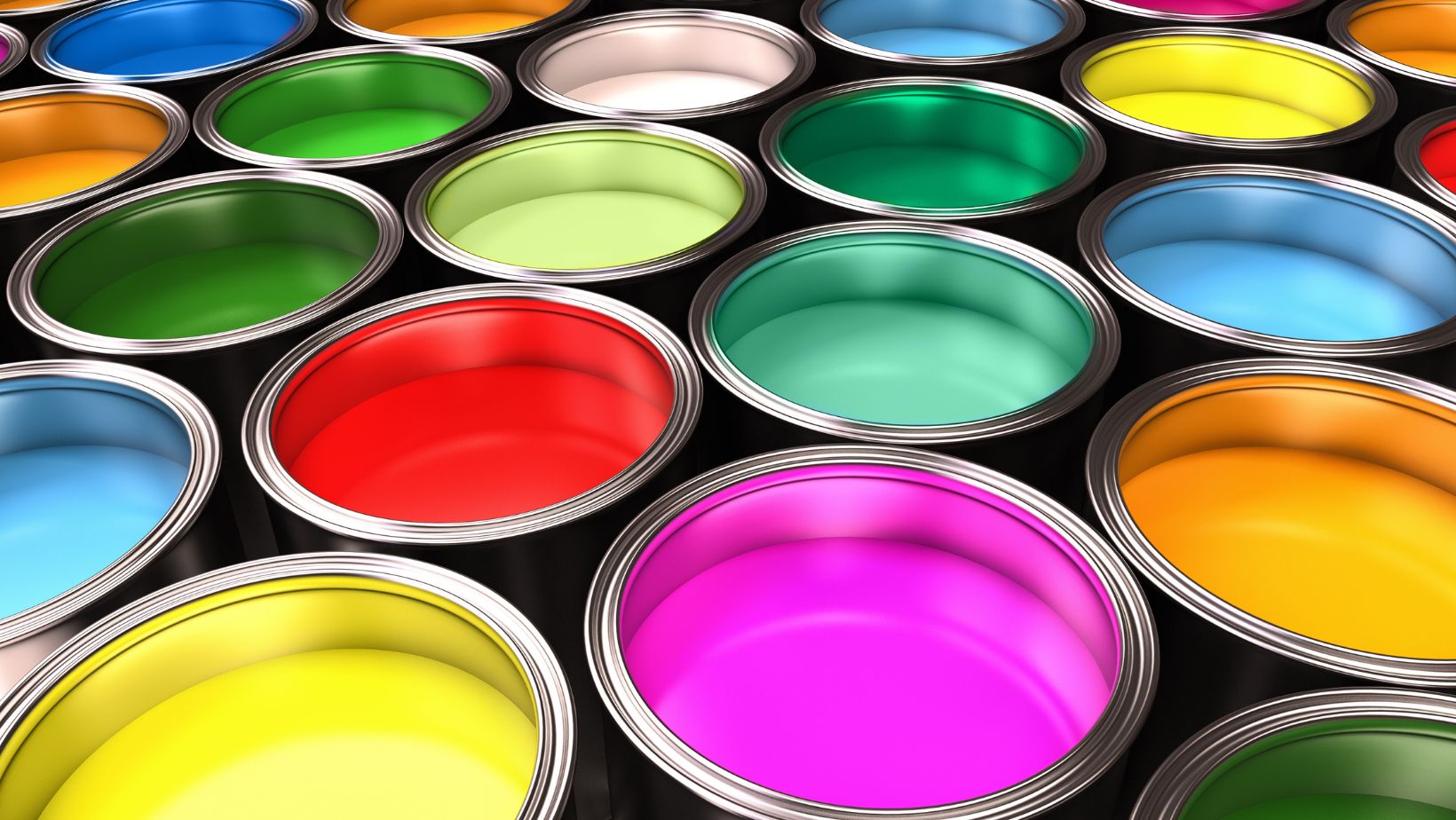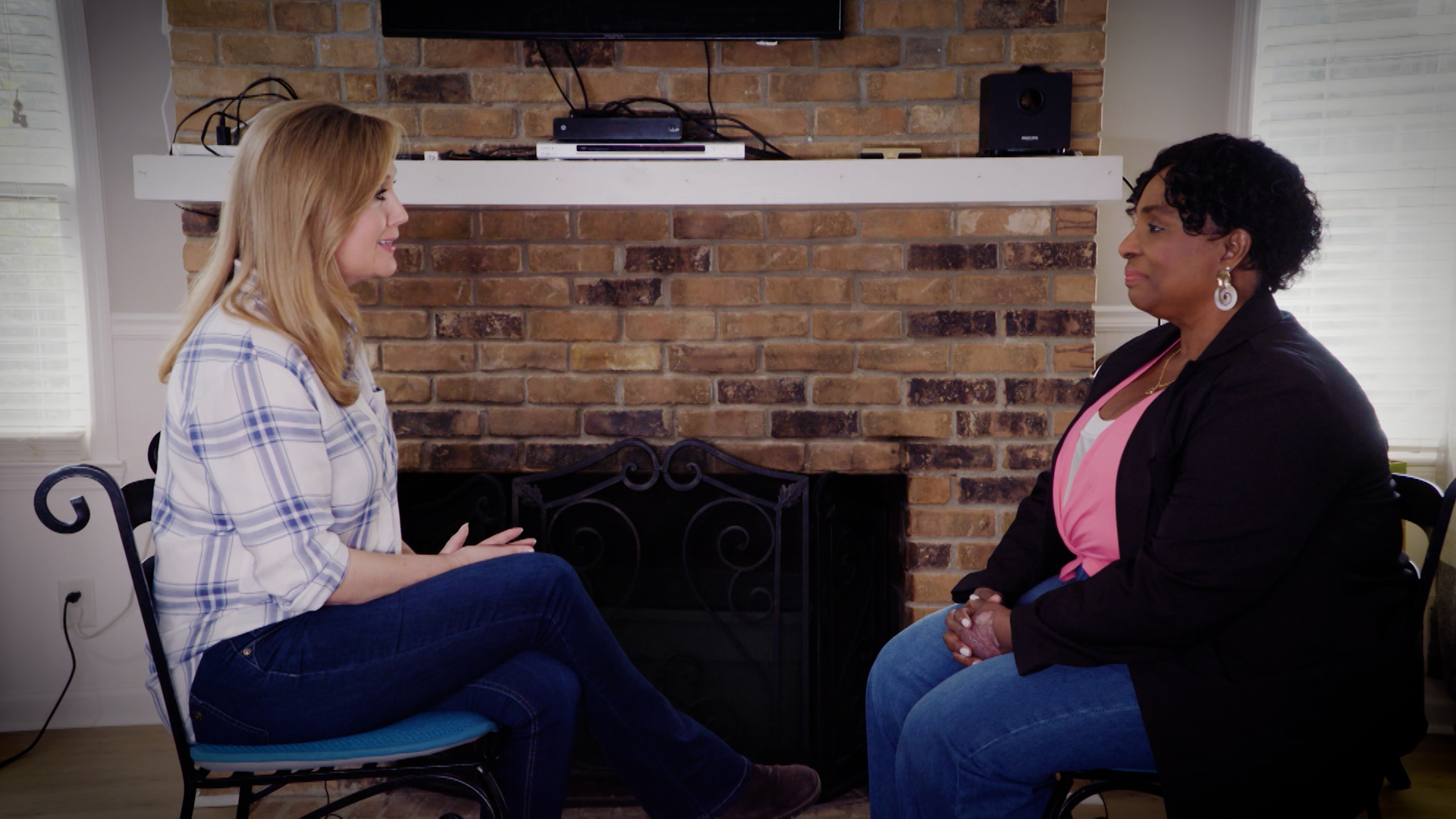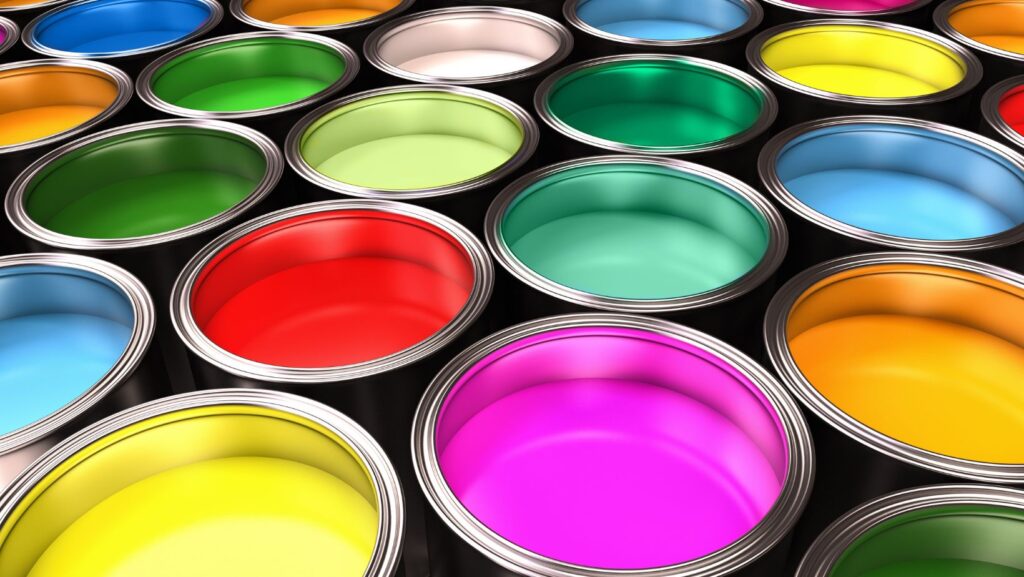 Have you ever started painting and thought “Ugh this color just isn’t for me?” We all have, especially if you are a designer, it can be hard to know what color to use in your home. Painting your home is a hefty task and you want to make sure each room meets your full expectations.
Have you ever started painting and thought “Ugh this color just isn’t for me?” We all have, especially if you are a designer, it can be hard to know what color to use in your home. Painting your home is a hefty task and you want to make sure each room meets your full expectations.
So, when deciding on a color to paint your walls, it’s important to note, that each color has a meaning that can be evoked in different emotions. Colors can make us feel calm or energized, happy or sad. They can affect the mood of the room, so choosing the perfect color for your room is an important part of painting.
If you’re stuck on choosing a color for your home don’t worry! Designing Spaces has you covered, here’s a quick guide to which moods different colors represent.
What is Color Theory?
Color psychology is the color theory that each color possesses a different meaning and can evoke different emotions in people. Culture has a major impact on the way we perceive color because each culture has its own set of meanings toward different colors. For example, red is often associated with anger or love, but in other cultures, it is seen as happy or lucky. So, when painting your home, it’s important to take into account the cultural meaning of each color.
White
Cleanliness and youth are presented in the color white. It creates a cool and refreshing feeling. A warmer shade of white can help make your room feel cozy, while cooler white can make it feel more formal.
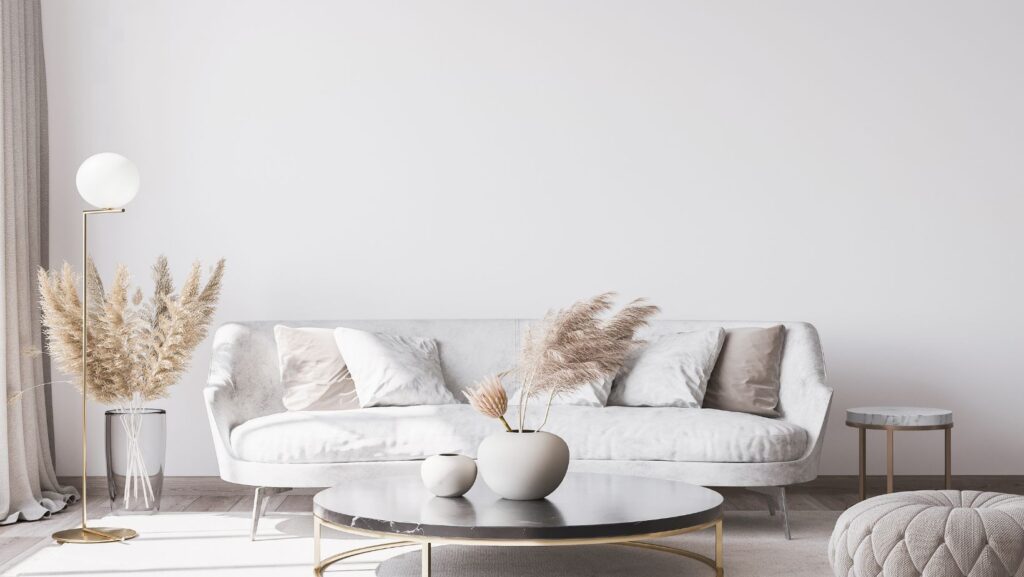 Black
Black
Elegance, mystery, and power are often associated with black. Those who paint their rooms black are ambitious and sophisticated. However, it’s important to note too much black can lead the room to be depressing.
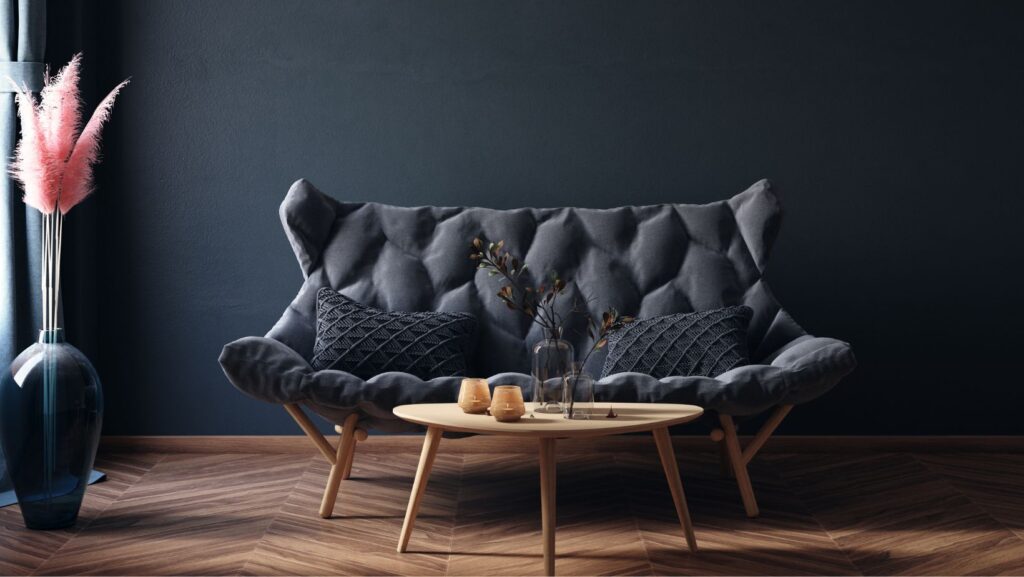 Red
Red
Red is often associated with love, but it can evoke a few other feelings. This color is considered the most psychologically stimulating color. The color can bring out a person’s confidence and create excitement and energy. Red is perfect for a home office space. It suggests passion, energy, and courage.
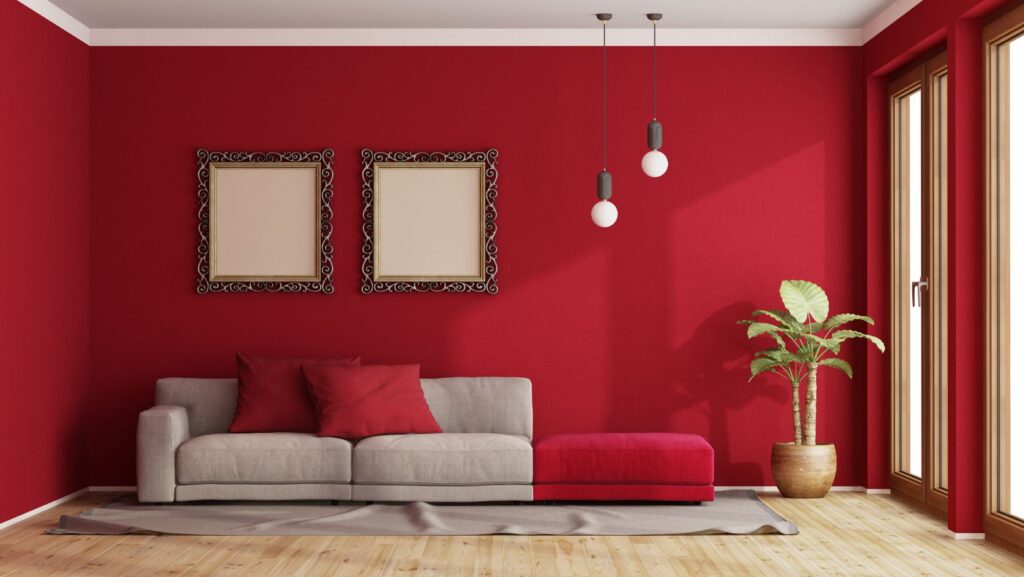 Brown
Brown
Brown represents earth, security, and contentment. This simple color gives a sense of simplicity and comfort. Brown is perfect for a common living area in your home or even bedrooms.
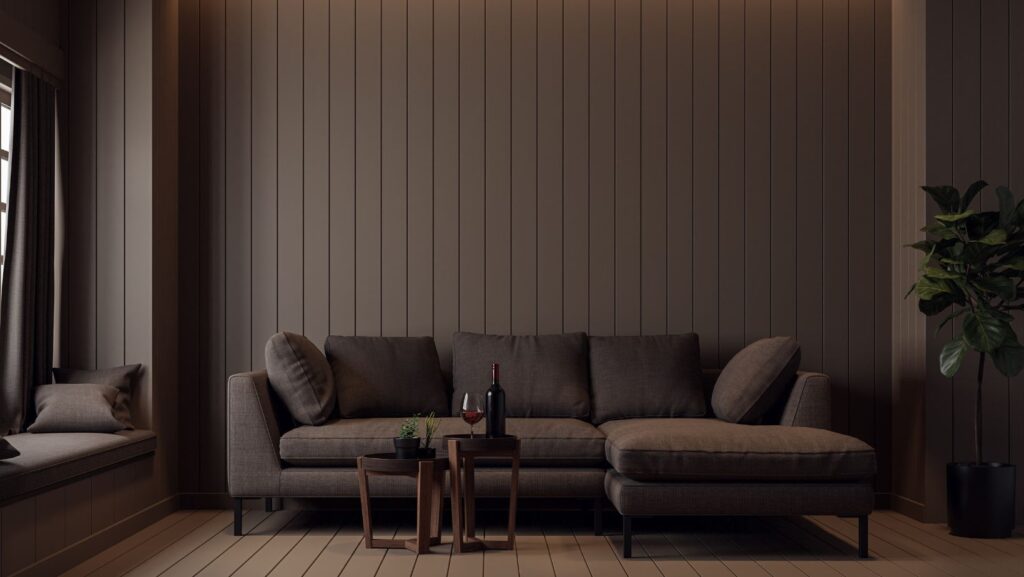 Blue
Blue
Blue brings out a calming and cool feeling. It is the most popular color painted in homes because it symbolizes sky and heaven. Because of the sense of calming power, blue is a popular color in bedrooms.
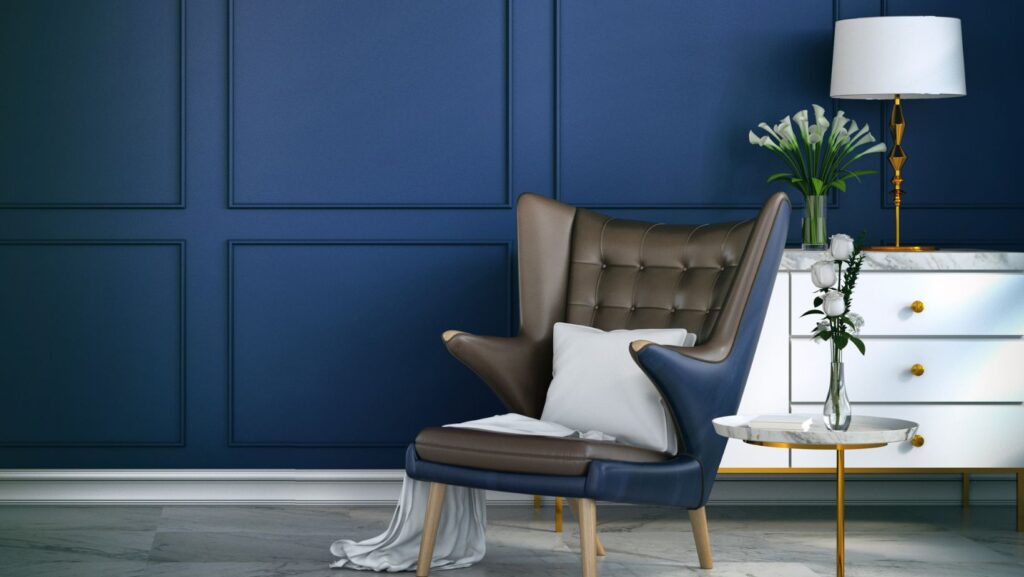 Purple
Purple
Purple is a very stimulating color. It induces imagination. The color is associated with royalty, luxury, and wealth, but tends to be a color that sparks creativity and wisdom.
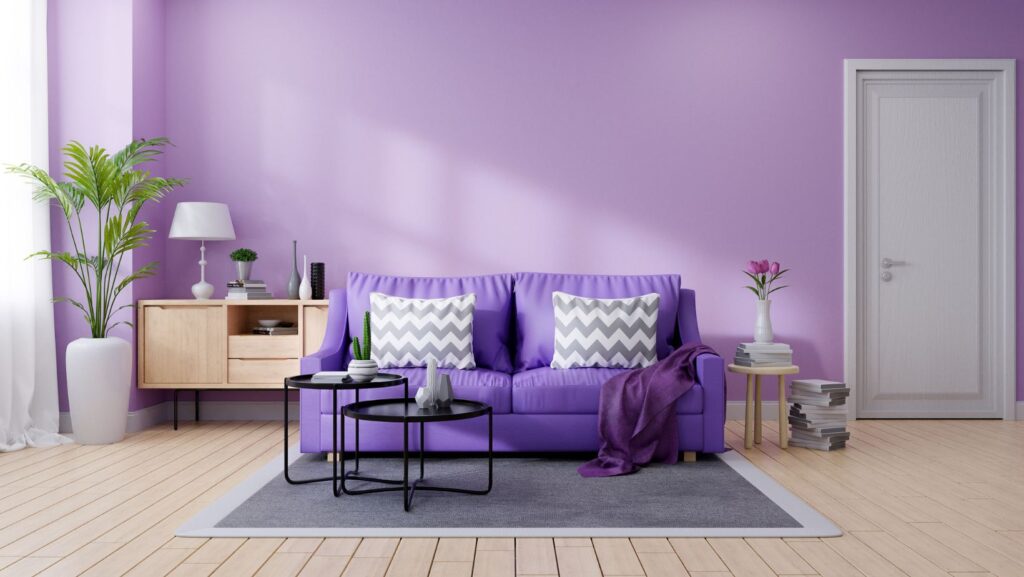 Pink
Pink
Pink is part of the red color family but is more delicate. This color is perceived as a very feminine, romantic, and tender-hearted color. Compared to red, pink is more of a tranquilizing color and works well in bedrooms.
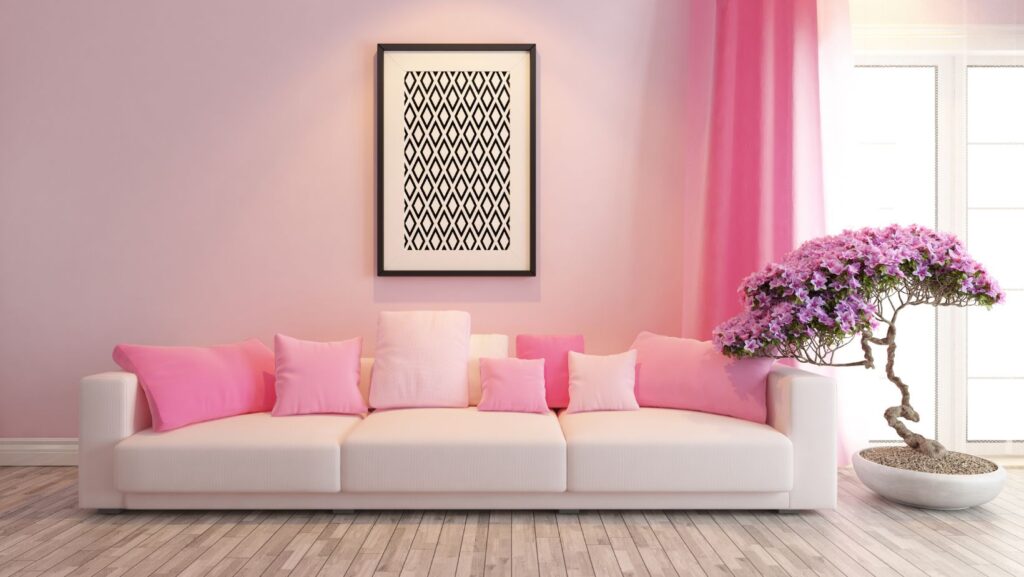 Gray
Gray
Gray is a very classic and neutral color. It gravitates to those who are intelligent and disciplined. Gray works well with most colors. When it is paired with warm colors it can create a lively and inviting atmosphere.
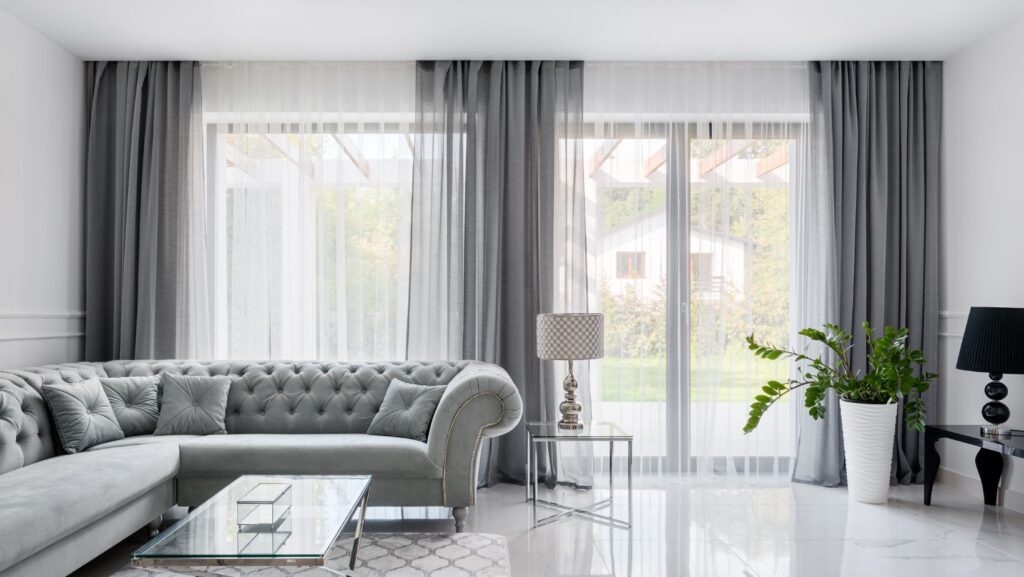 Now that you know a little bit more about color theory and all of the different colors and the feelings or moods, they can evoke which one is your favorite?
Now that you know a little bit more about color theory and all of the different colors and the feelings or moods, they can evoke which one is your favorite?





